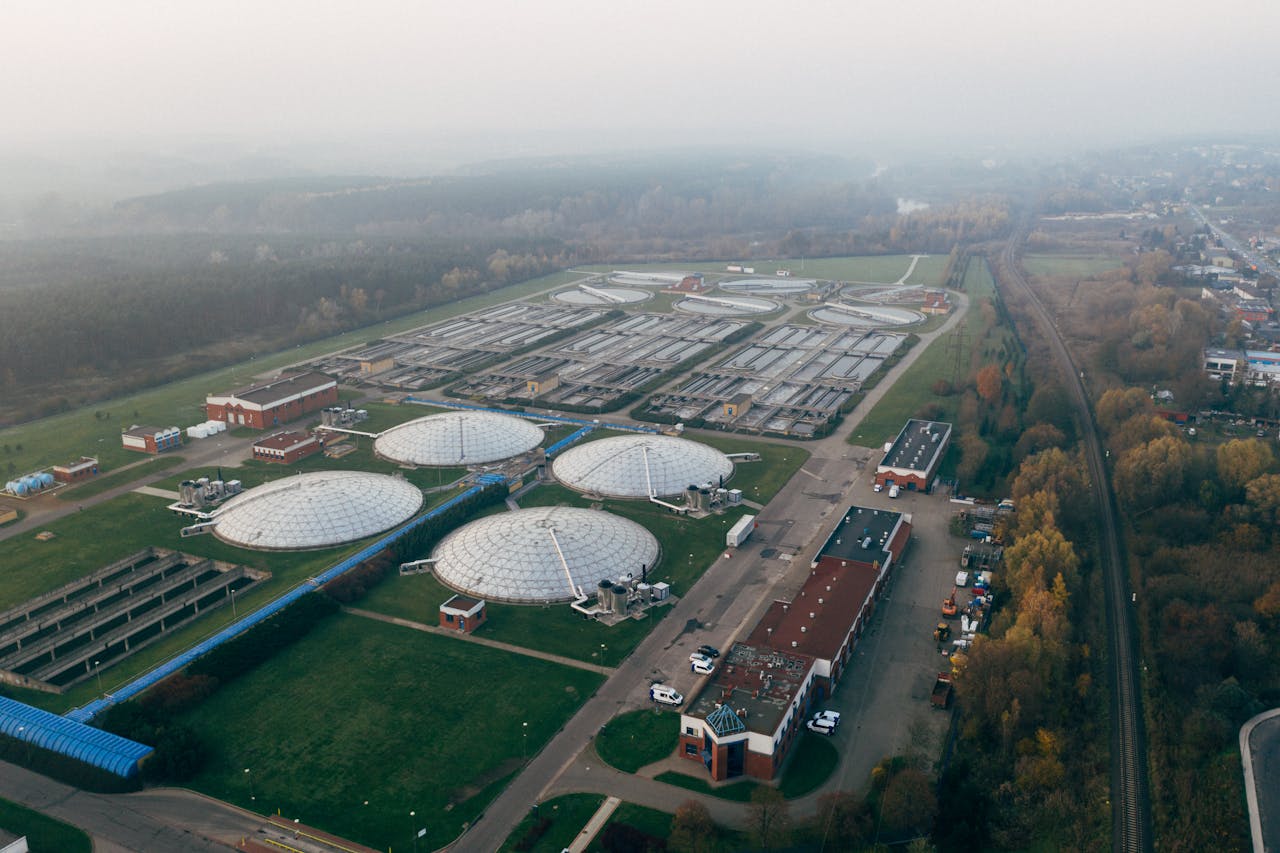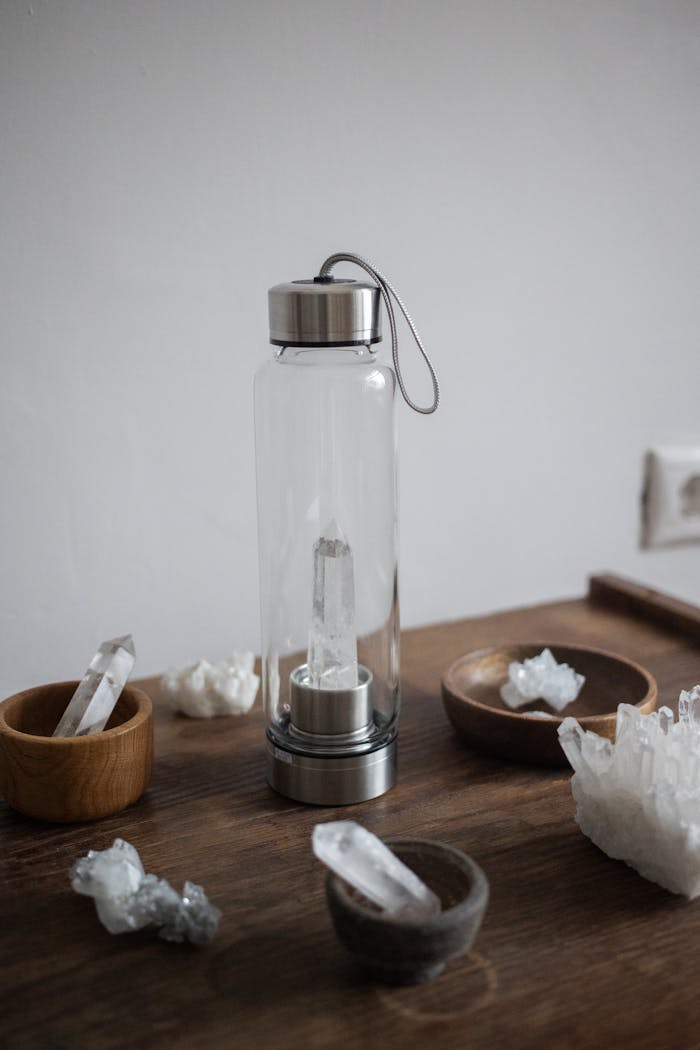Global Overview:
2024 marks a turning point in the water industry, driven by stricter regulations (e.g., PFAS limits in the EU) and advances in AI. We analyze the 5 trends that will redefine the industry:
Antifouling Technology for Membranes: New graphene and nanoceramic coatings reduce the adhesion of bacteria and minerals on RO membranes, extending their lifetime from 3 to 7 years. Companies such as Dow Chemical are already testing these materials in pilot plants.
Generative AI in Process Optimization: Platforms like AquaGPT analyze historical data to predict failures, adjust chemical dosages and suggest improvements in real time. Example: A plant in Singapore reduced the use of antiscalants by 25% through AI recommendations.
Zero Liquid Discharge (ZLD) 2.0:
Hybrid systems (evaporation + crystallization) achieve ZDL with 40% less energy. Case Study: A pharmaceutical company in Switzerland treats 500 m³/day without generating waste, recovering salts for resale.
PFAS removal with Advanced Nanofiltration: Adjustable molecular size membranes capture PFASs and microplastics, even at ppt (parts per billion) concentrations. The EPA already requires this level in the U.S. by 2025.




Отличные цены на вызов электрика в Москве
Услуги электрика Услуги электрика .
Your comment is awaiting moderation.